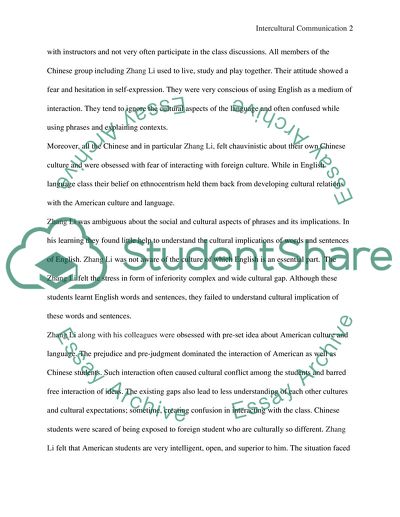Cite this document
(“Intercultural communication in language class of culturally diverse Essay”, n.d.)
Retrieved from https://studentshare.org/humanitarian/1681642-intercultural-communication-in-language-class-of-culturally-diverse-students
Retrieved from https://studentshare.org/humanitarian/1681642-intercultural-communication-in-language-class-of-culturally-diverse-students
(Intercultural Communication in Language Class of Culturally Diverse Essay)
https://studentshare.org/humanitarian/1681642-intercultural-communication-in-language-class-of-culturally-diverse-students.
https://studentshare.org/humanitarian/1681642-intercultural-communication-in-language-class-of-culturally-diverse-students.
“Intercultural Communication in Language Class of Culturally Diverse Essay”, n.d. https://studentshare.org/humanitarian/1681642-intercultural-communication-in-language-class-of-culturally-diverse-students.


